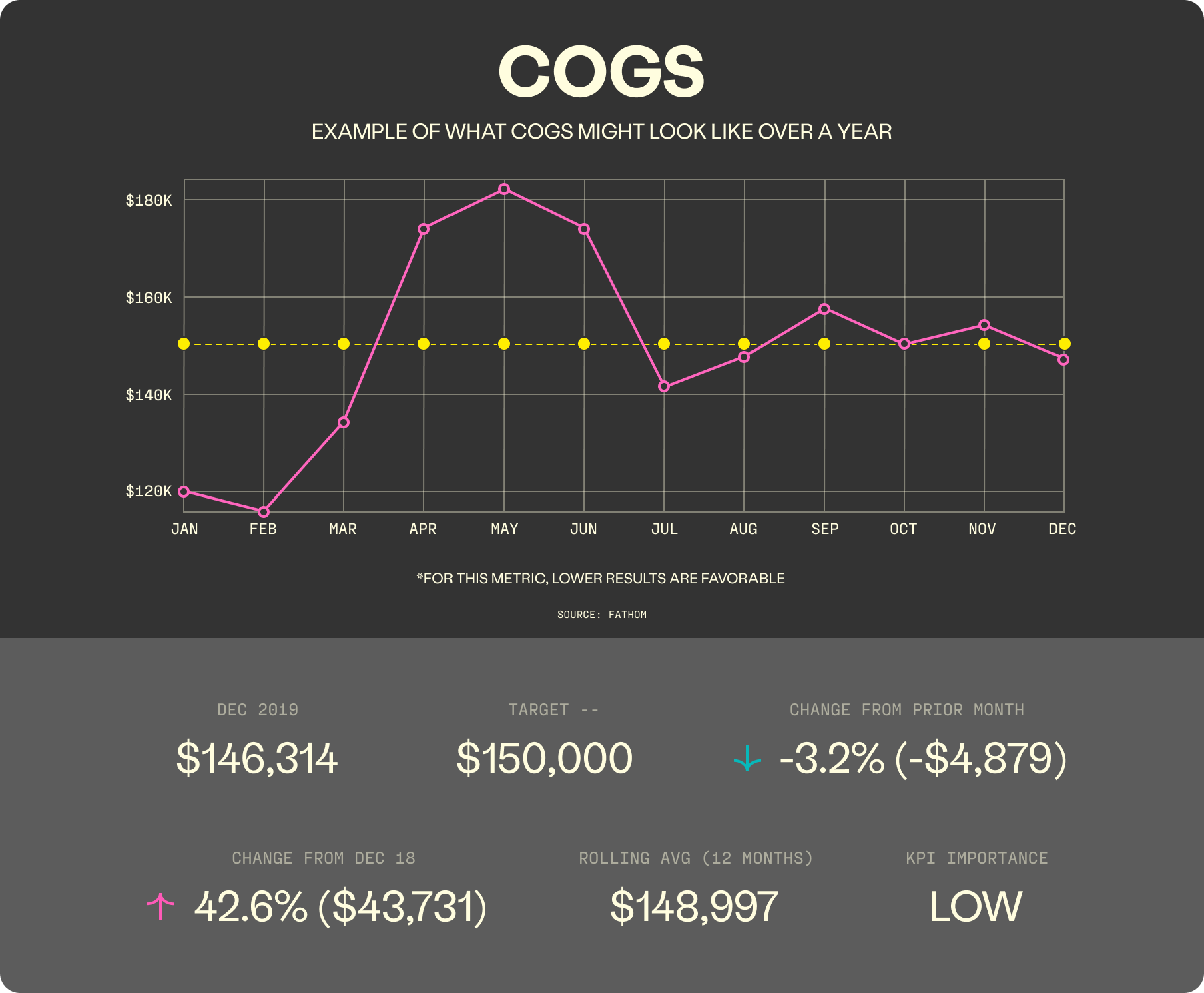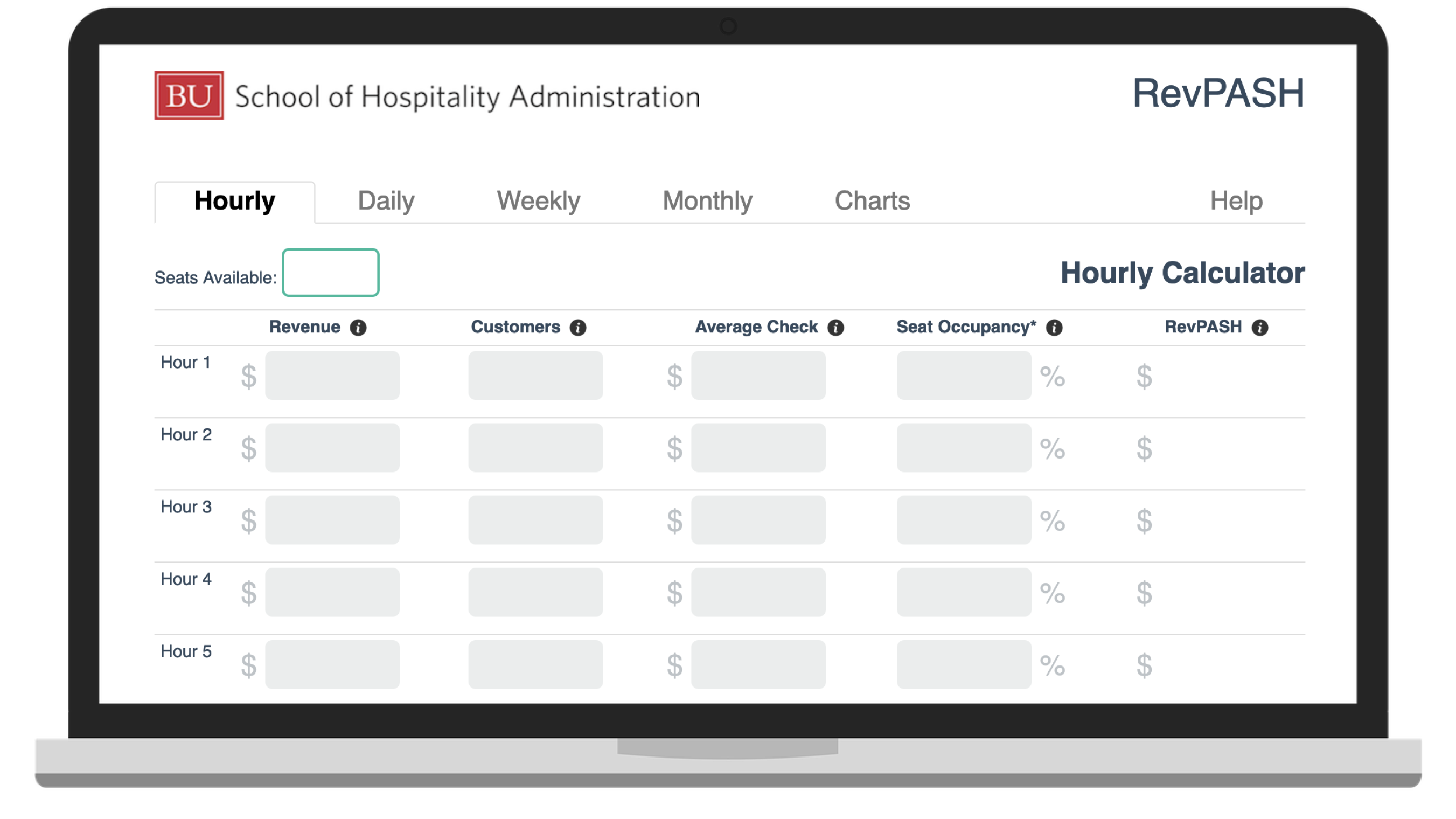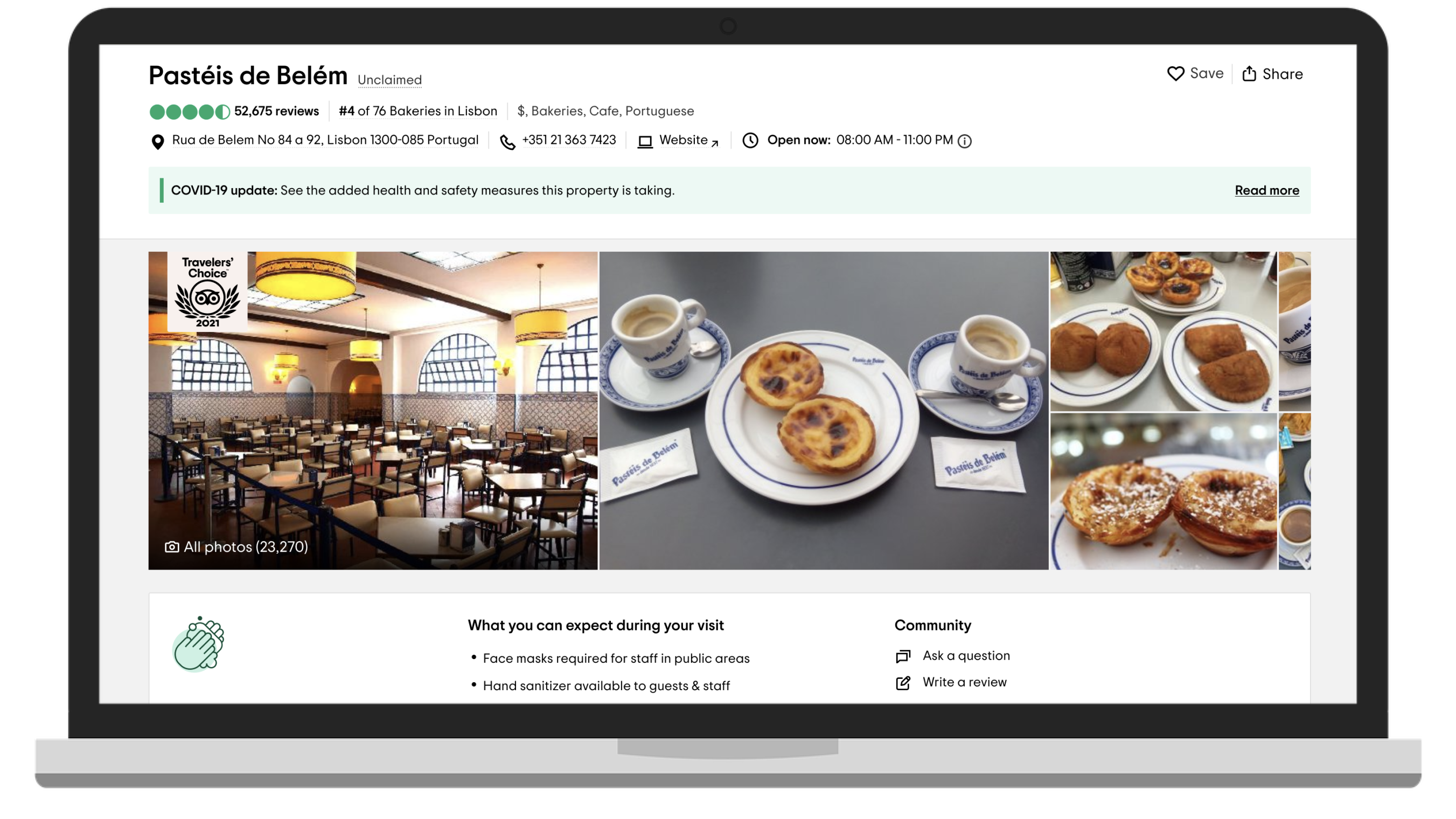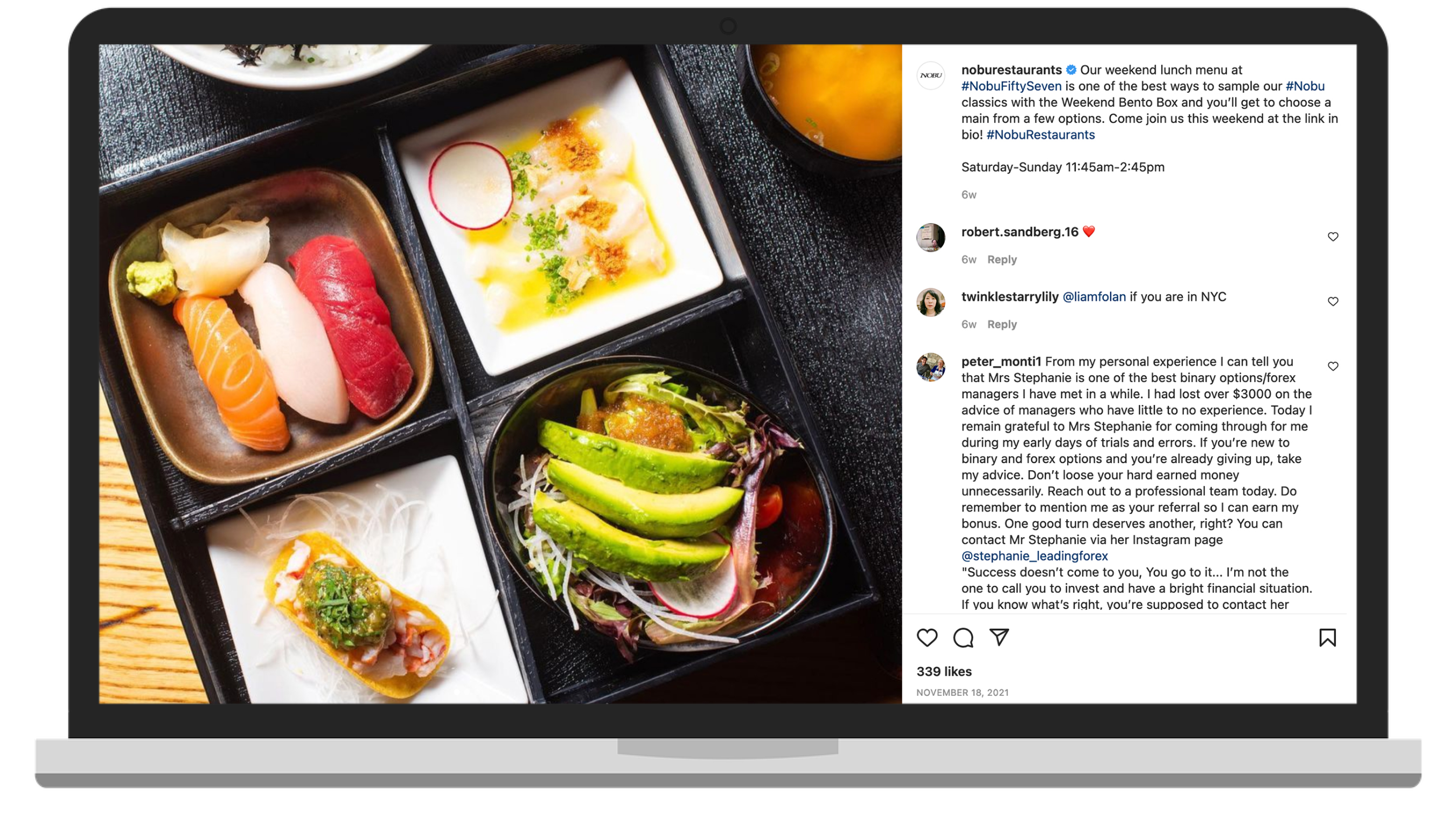Check Out This Guide:
Share
- Jump to:
What defines the success of a restaurant? Is it the number of customers packed in on a Friday night during dinner service? Or maybe, it’s the fact that the specialty menu items continue to sell out?
With so many moving components involved in operating a restaurant, it can be challenging to determine “Is my restaurant actually a successful enterprise?”. Visual clues such as a packed dining room or sold-out menu can sometimes be misleading. The best way to determine how a restaurant is doing and if it is meeting its goals is through the use of KPIs.
KPI stands for Key Performance Indicator. There are three main categories of KPI for restaurants: sales and profitability, customer experience, and marketing. Within these categories, there are individual indicators, such as repeat visitor rate, cash flow, and social media engagement. Each of these will be discussed in detail below.
When it comes down to the nitty-gritty of owning and running a business, data — like key performance indicators — are the key to measuring success. On top of this, data can actually drive growth and inform important business decisions leading to success. KPIs can be an incredible tool for any restaurant business, no matter the size of the establishment, the number of tables inside, or how many years you have been operating.
Why are KPIs Important for Restaurant Managers and Owners?
It might sound harsh, but the reality is, restaurant owners and managers that forgo checking KPIs are setting their establishments up for failure.
With razor-thin profit margins, aggressive competitors, and economic devastation from the COVID-19 pandemic, restaurants have no choice but to stay on top of their game.
When a restaurant fails, there is typically not one, clear-cut reason why. It is the result of multiple weaknesses and stresses causing larger issues over time. Instead of holding your head in your hand wondering why everything is going wrong, turn to KPIs for the answers.
Failing to check data and key performance indicators for your restaurant is like walking blindfolded through a room with Legos dumped out all over the floor. It’s wanting to get an A+ on a test, but choosing not to study for it. It’s like trying to navigate to a location you’ve never been to before, but not yet looked at directions or Google Maps. Long story short, not checking KPIs is running your restaurant business blindfolded, unprepared, and uninformed.
KPIs can alert you to potential problems before they happen, which allows restaurants to make informed business decisions and take precautionary measures. With so much risk in the restaurant industry, and many factors that are out of an owner’s control, paying attention to these metrics helps take the guesswork out of whether or not your establishment is succeeding. Owners and managers can set goals for their restaurant, and then check these indicators to see how close they are to reaching them, or see where they fell short.
Types of KPI for Restaurants
There are three main categories for key performance indicators in the restaurant industry, including sales and profitability, customer experience, and marketing. There are many individual KPIs found within these categories; some will be more important than others for your establishment. Other industries have similar KPIs, but customer experience indicators are truly unique in the restaurant industry. Below, some of the most important KPIs for restaurants will be discussed; keep in mind that there are still many others besides the ones listed that exist.
Sales and profitability.
Money talks, and sales and profit margins are typically the forefront of the conversation when discussing whether or a restaurant is succeeding. It typically takes a restaurant around two years to start turning a profit, and certain metrics can help a restaurant determine if it is heading in this direction. Sales KPIs can help restaurants set clear objectives to meet bottom line goals.
Customer experience.
Poor customer reviews and low retention rates are a quick way for a restaurant to slide downhill. On the flipside, glowing reviews and loyal customers allow a restaurant to thrive and bring in new customers through word of mouth. KPIs can measure these factors and the overall customer experience. If the customer experience is rated low, this will also affect sales and profitability indicators.
CHECK OUT THIS ARTICLE:
Marketing KPIs.
In the digital day and age, it can be helpful to see what form of marketing is most effective for your restaurant. Many marketing options exist, including social media, paid ads, emails, texts, and various promotions. Depending on your restaurant's customer demographic, certain marketing options will be better than others. KPIs can show what marketing tactics performed the best, and allow your restaurant to only spend money and time on these.
Sales KPIs
Tracking sales key performance indicators is crucial for restaurant owners and managers. Many owners and managers may check one or two sales KPIs, but this does not give them a comprehensive view. With many costs to keep track of, like food and beverage ingredients, labor, rent, kitchen equipment, and more, it is crucial to measure this against revenue and profits.
Gross profit and break even point.
Gross profits is how much money your restaurant has made after subtracting the COGS (cost of goods sold) from the total revenue. All restaurants will refer to this indicator when trying to meet profit goals. On the other hand, the break-even point is more relevant for new restaurants, second locations, or when buying new kitchen equipment. This indicator refers to the sales required to make back an investment. Therefore, a gross profit is an indicator that is more important for established restaurants that have existed for at least two years, and the break-even point is crucial for newer or expanding restaurants.

Cash flow.
Simply put, this indicator refers to the amount of cash flowing in and out of a restaurant. Of course, positive cash flow is what you want. This is considered one of the most important KPIs, and something that a restaurant should check on a regular basis.


Example of what COGS might look like over a year. Source: Fathom, 2020
COGS.
COGS stands for cost of goods sold, which refers to what it costs to create your restaurant's menu items. Restaurants report spending the most on food costs, so this indicator can help inform how much your restaurant is actually spending. Food waste can cause a restaurant to unnecessarily lose a lot of money, so checking this metric often can help prevent that.

Labor cost.
Following ingredients, labor is cited as the second highest cost for restaurants. Therefore, you’ll want to calculate the sales-per-labor-hour (SPLH). This is the amount of money you’re bringing in during the average hour worked. Scheduling staff should be based on certain gathered data, like peak hours, holidays, days of the week, weather, etc. If SPLH is not where you want it, focus on ensuring that your FOH (front of house) staff is well-trained, and encourage the team to upsell. Visualize every hour worked at your restaurant as a small goal that adds up to your larger, end-of-day, week, or month goal.


A RevPash calculator. Source: Boston University, School of Hospitality 2021
RevPash
The indicator stands for revenue per available seat hour. A seat hour is calculated by multiplying the number of seats in your restaurant by the number of hours your restaurant is open for. This is a more recently developed indicator, and it is specific to the restaurant industry. This indicator is very relevant to profitability

Prime cost.
Some may consider that this is the most important indicator to study. Prime cost is the total amount from adding the COGS and labor costs. This will essentially tell you how much your restaurant is spending to operate. Instead of trying to continuously boost sales, you might look at the prime cost and decide to instead cut expenses to improve profitability. The trick here is a balancing act of finding ways to cut costs without sacrificing quality.

Customer Experience and Marketing KPIs
If customers are not having a positive experience at your restaurant, sales and marketing KPIs become irrelevant.
If customers are not coming into your restaurant, marketing KPIs can help with this problem. With these indicators, you can see if your online promotions and paid ads are a success, if your emails and texts are reaching customers

Pasteis de Belem, located in Lisbon, Portugal is the most reviewed restaurant on Trip Advisor with 52,658 reviews. Source: Trip Advisor, 2021
Online customer reviews.
If a customer is looking up where they should eat and checking out restaurants in their area, it is almost certain they will see your restaurant's ratings. There are, of course, many platforms where customers might leave and/or read reviews, including Google, Facebook, Yelp, Tripadvisor, etc. Google has been found to be the top review site.
The average rating (like stars) is important, but reading both the positive and negative reviews can provide valuable feedback for managers and owners.
Customer retention repeat visitor rate.
If customers aren’t coming back, there is likely a reason for this. If you have an online ordering system through your website, you can use this to gather data and see how many times individual customers have ordered from you.

NOBU, an upscale sushi establishment frequented by celebrities, is one of the most “Instagrammed” restaurants. Source: @noburestaurants on Instagram, 2021
Social media engagement.
Are you getting likes? Are people tagging you in Instagram posts? Are your posts being reshared? Essentially all social media is free to use, so having a restaurant profile on these platforms is a no-brainer for free advertising.
Most social media platforms allow you to set up a business profile, and through this, you can see data on how many people have engaged with your post, saved your posts, new followers, profile views, and more. Being active on social media can be very time consuming, so it is important to know if your effort is worth it.If your restaurant has extra money set aside for marketing purposes, this can be used to promote certain posts and get your restaurant in front of additional customer eyes.
CHECK OUT THIS ARTICLE:
Website traffic.
A website is key to your restaurant’s online presence. This is where customers can see your menu, order online, see specials, make reservations, and maybe even read the background story about your restaurant. The more traffic, the better. Ensure that your website is attractive, professional, and user-friendly. Use gathered data to see what channels are driving the most traffic to your website. If website traffic is lower than desired, then paid advertising may be your next step.
Email opens and engagement.
One way to market directly to customers is through email. This is a great way to notify customers about special menu items, events, or deals at your restaurant. Consider sending email surveys to get direct feedback about your restaurant and the customer’s experience. If using an email marketing platform, like Mailchimp, you will be able to tell how many people opened the email, engaged with the links, and took advantage of the promotions.
Paid advertising data and promotion success.
Paid advertising may be the way to go for new restaurants or restaurants that are looking to bring in new customers. Understanding where you are getting new customers from can inform future promotions. Whatever way you choose to market to your customers, whether it be Google ads, social media ads, email marketing, etc, you should know which has performed the best.
When using paid advertising, you should be able to access metrics like PPC (pay per click), the amount of traffic to your website, and CAC (customer acquisition cost).CAC is a simple formula (shown below) but it can be tricky to differentiate who is a new customer from your existing customer base.

Additional Restaurant KPIs
The key performance indicators that are listed above are considered some of the most important and commonly used ones in the restaurant industry. These are not the only KPIs that exist; the restaurant industry uses additional KPIs, and other industries have their own preferred indicators as well (however, some restaurant KPIs overlap with other industries). Here are some other restaurant KPIs to be aware of:
Employee turnover rate
Table turn rate
Revenue per square foot
Guest per server per hour
Server errors per guest
Inventory turnover rate
Food and drink sales per guest
If your restaurant is a fast-casual model or delivery-only model, KPIs that measure server performance are irrelevant. However, for fine dining establishments, these may be important metrics for restauranteurs to track.
KPI Restaurant: Use KPIs To Make Your Restaurant A Success
There is a high failure rate in the restaurant industry, but this does not mean your restaurant has to be a part of this statistic. Although many restaurant owners and managers do check a few key performance indicators, paying attention to multiple KPIs across the sales, customer experience, and marketing categories is crucial. This will provide data that gives a comprehensive view of what is going both right and wrong with your restaurant. With so many external factors out of a restaurant's control, such as the COVID-19 pandemic, supply chain issues, and inflation, it is incautious to ignore internal factors, such as customer retention rate, labor costs, and COGS. Choosing to check KPIs and make informed business decisions based on these metrics is a proactive practice that greatly increases your restaurant’s chances of staying open and thriving.